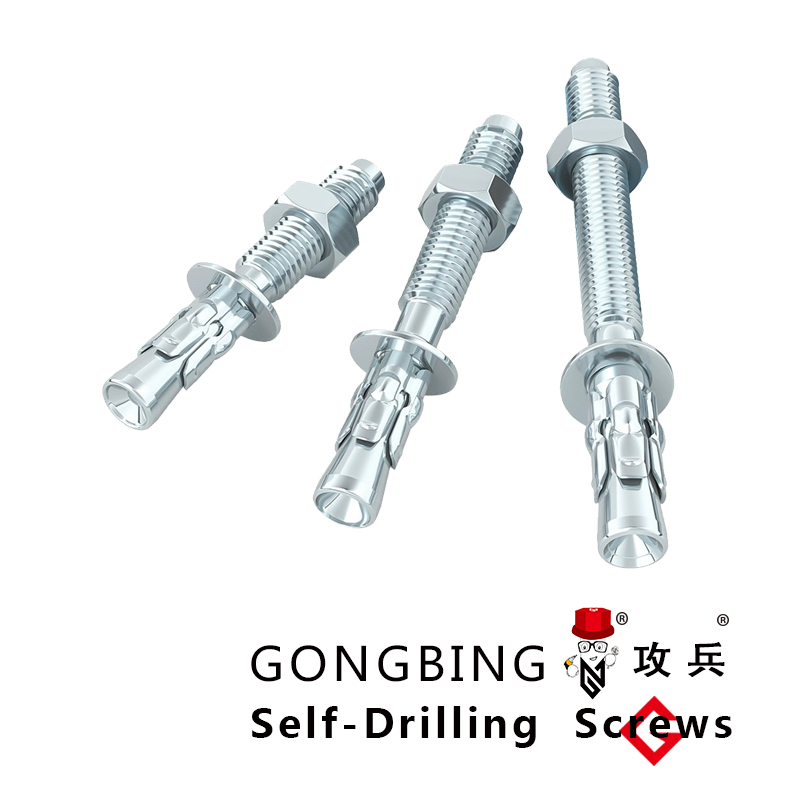Understanding the Benefits and Applications of Resin-Based Chemical Anchors
Understanding Resin Chemical Anchors A Comprehensive Overview
Resin chemical anchors are essential components in modern construction and engineering. They provide robust solutions for fixing structural elements, such as beams, columns, and facades, to various substrates, including concrete, masonry, and brick. This article explores the benefits, applications, and installation processes of resin chemical anchors, highlighting their vital role in ensuring safety and stability in construction projects.
What are Resin Chemical Anchors?
Resin chemical anchors consist of a two-component system a resin and a hardener. When mixed, these components undergo a chemical reaction that leads to hardening, forming a solid bond within the substrate. This type of anchoring system is especially advantageous in situations where traditional mechanical anchors may not be viable due to factors like compromised materials, insufficient load-bearing capacity, or moisture concerns.
Advantages of Resin Chemical Anchors
1. High Load Capacity One of the primary benefits of resin anchors is their exceptional load-bearing capacity. Once cured, the resin provides a strong bond that can resist both tensile and shear loads. This property makes them suitable for heavy-duty applications, including structural connections and safety-critical installations.
2. Versatility Resin chemical anchors can be used in various environments, making them versatile for different applications. They are effective in both indoor and outdoor settings and can be used in extreme conditions, such as high-moisture or low-temperature environments.
3. Adaptability to Substrates Unlike conventional mechanical anchors, resin chemical anchors can be installed into a variety of substrates, including cracked and uncracked concrete, brick, and stone. This adaptability allows engineers and contractors to use them in diverse construction scenarios without compromising structural integrity.
4. Corrosion Resistance The chemical composition of resin anchors offers excellent resistance to corrosion. This property ensures longevity and reliability, making them ideal for applications exposed to harsh environmental conditions or chemicals.
5. Better Aesthetics Resin anchors often result in less visible hardware, leading to a cleaner appearance in finished construction projects. This is particularly important in architectural applications where aesthetics play a significant role.
Applications of Resin Chemical Anchors
Resin chemical anchors are widely used in various construction applications, including
- Structural Installations They are crucial in anchoring high-load structures such as bridges, towers, and buildings, ensuring they can withstand significant forces. - Renovation and Retrofitting When retrofitting older buildings or during renovations, resin anchors can provide necessary support without the need for extensive modification of existing structures.
resin chemical anchor

- Electrical and Plumbing Installations In cases where electrical conduits and plumbing fixtures need to be secured, resin anchors are often the go-to solution.
- Facade Attachments For cladding or curtain wall systems, resin anchors provide the necessary support while accommodating movements and load changes.
Installation Process
The installation of resin chemical anchors involves several critical steps
1. Preparation The substrate must be clean, dry, and free of debris. This preparation is crucial for ensuring proper adhesion.
2. Drilling Holes are drilled into the substrate at the required depth and diameter as per the specifications provided by the anchor manufacturer.
3. Mixing the Resin The resin and hardener are mixed according to the manufacturer’s instructions. Proper mixing is vital for achieving the desired strength.
4. Injecting the Resin The resin mixture is injected into the drilled hole, ensuring complete filling to eliminate air pockets.
5. Inserting the Anchor The anchor bolt or rebar is then inserted into the resin-filled hole, ensuring displacement of the resin around it.
6. Curing The anchor is allowed to cure for the specified period before any loads are applied. This curing time is essential to achieve maximum bond strength.
Conclusion
Resin chemical anchors are a critical innovation in the construction industry, offering unmatched strength, versatility, and durability. Their ability to adapt to various substrates and conditions makes them invaluable for a wide range of applications, ensuring safety and stability in structures across the globe. As construction practices evolve, the role of resin chemical anchors will undoubtedly remain pivotal, providing reliable solutions for an ever-growing array of engineering challenges.
-
Weatherproof Plastic Expansion Anchors for OutdoorNewsJun.06,2025
-
Sustainability in the Supply Chain: Eco-Friendly TEK Screws ProductionNewsJun.06,2025
-
Load-Bearing Capacity of External Insulation FixingsNewsJun.06,2025
-
Double Head Bolts: Enhancing Efficiency in Industrial MachineryNewsJun.06,2025
-
Corrosion Resistance in Chipboard Screws: Coatings for Wholesale DurabilityNewsJun.06,2025
-
Butterfly Toggle Bolts : Enhancing Structural ResilienceNewsJun.06,2025
